If the last article, Feeling Underappreciated? Self Sabotaging Leadership Behaviors, really resonated with you, here are some ideas for how you can support a high achieving person who may feel underappreciated. Here’s how you can coach each of the underappreciated team members—the Silent Contributor, the Perpetual Problem Solver, the Overloaded Overachiever, and the Behind-the-Scenes Hero—to achieve a healthier balance and feel more appreciated.
1. The Silent Contributor
Characteristics: This person works hard behind the scenes, rarely seeks recognition, and their contributions often go unnoticed.
Coaching Approach:
- Acknowledge their work – Start by recognizing their efforts in both private and public settings. Silent contributors often don’t seek validation, so it’s essential to bring their work into the light.
Example: “I’ve noticed how you’ve quietly ensured all our systems stay functional, and I want to make sure you know your efforts are valued.”
- Encourage self-advocacy: Silent contributors may assume their work will speak for itself. Coach them on the importance of sharing updates and wins, even modestly, to ensure visibility.
Ask: “Can you share in our next team meeting the steps you took to ensure the project ran smoothly?”
- Assign visible projects: Give them projects where they can step forward and present their work to stakeholders, allowing them to be more visible.
Example: “I’d like you to present your findings at the next meeting. It’s a great opportunity to showcase your impact.”
2. The Perpetual Problem Solver
Characteristics: This person thrives in crisis management and jumps in to fix issues, often without recognition because their work becomes expected.
Coaching Approach:
- Recognize their calm under pressure: Problem solvers often feel taken for granted. Acknowledge how their crisis management keeps things afloat.
Example: “You’ve saved the day multiple times this week. I don’t want that to go unnoticed—thank you.”
- Help them break the cycle: Problem solvers tend to get stuck in a reactive role. Coach them to focus on proactive, long-term solutions that allow them to work on strategic projects rather than constantly putting out fires.
Ask: “What recurring problems do you see? How can we work together to address the root causes so you aren’t always firefighting?”
- Encourage boundaries: Help them recognize when to step back and delegate. Over-reliance on their problem-solving skills can lead to burnout.
Example: “It’s okay to let others take the lead sometimes. Let’s find ways to share the problem-solving load so you don’t always have to be the hero.”
3. The Overloaded Overachiever
Characteristics: This person takes on too much work because they are reliable and often ends up burned out without receiving proper recognition.
Coaching Approach:
- Acknowledge their dedication: Start by acknowledging their consistent effort and reliability. Overachievers often feel their hard work is unnoticed because it’s constant.
Example: “I know you’ve been carrying a heavy load lately, and I want to acknowledge how much you’re doing.”
- Teach them to prioritize: Overachievers often struggle to say no. Help them prioritize tasks based on value to the team and their own growth.
Ask: “What are the top three most impactful projects you’re working on right now? Let’s focus on those and find ways to offload the others.”
- Encourage delegation: Overachievers may feel responsible for everything. Coach them to delegate and share the workload with teammates.
Example: “You don’t need to do everything yourself. Who on the team can take some of these tasks off your plate?”
- Set realistic goals: Help them create boundaries and realistic expectations for themselves, both in terms of workload and recognition.
Ask: “What would a balanced workload look like for you? Let’s make sure we set limits that help you maintain that.”
4. The Behind-the-Scenes Hero
Characteristics: This person excels in essential but low-visibility tasks, ensuring the team runs smoothly without recognition or praise.
Coaching Approach:
- Shine a light on their contributions: Behind-the-scenes workers often miss out on recognition because they aren’t in the spotlight. Make it a point to acknowledge their work publicly.
Example: “I want to highlight how your behind-the-scenes work made our launch a success—without your organization, it wouldn’t have been possible.”
- Create opportunities for visibility: Encourage them to take on roles where they can be more visible, whether through presenting their work or leading a project.
Ask: “Would you be interested in leading the next initiative? It would give you a chance to be more visible to leadership.”
- Encourage feedback loops: Help them establish regular feedback from peers and leaders to ensure their work is recognized, even if it’s not naturally visible.
Example: “Let’s set up a monthly review where you can showcase the systems you’ve put in place. It’s a great way to make your contributions known.”
- Delegate outward-facing tasks: Offer them roles that involve client or stakeholder interaction, where their hard work can be appreciated directly by others.
Example: “How about leading our client meetings for the next project? It’ll give you more face time with the stakeholders who benefit from your work.”
By tailoring your coaching approach to each type of employee—whether they’re quiet contributors, problem solvers, overachievers, or behind-the-scenes workers—you can help them feel more balanced and appreciated in their roles, while guiding them toward more visible and impactful contributions.



